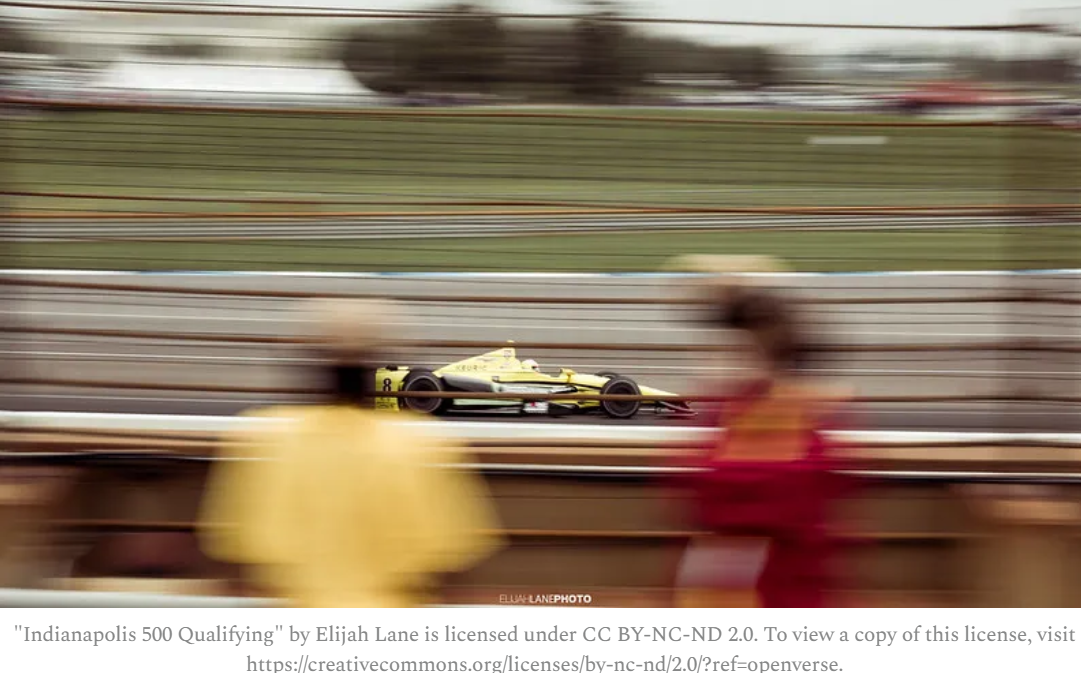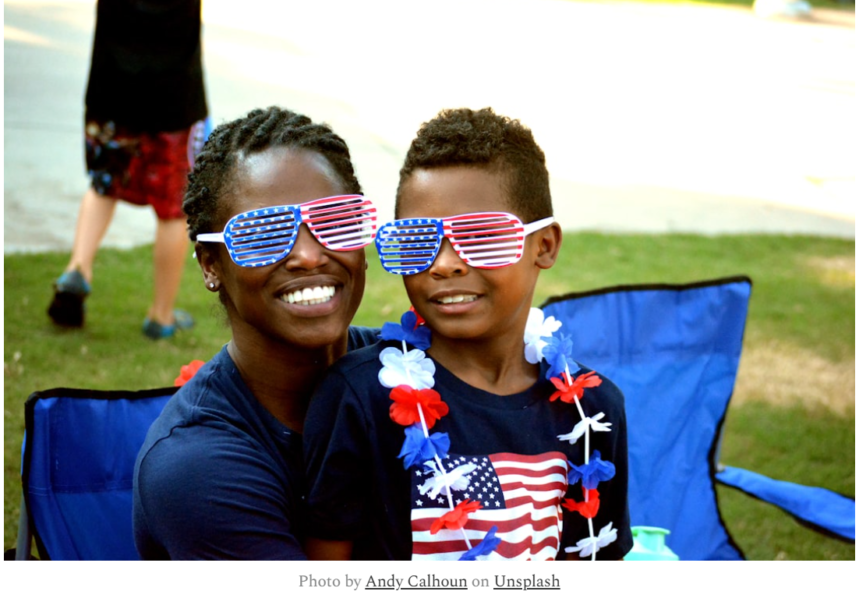
We can no longer sacrifice our future to our past.
The Sunday Big Idea is a new, occasional feature that features bold ideas and challenges the way we see ourselves and our futures. If you’d like to submit a piece for consideration, please direct it to Martin Davis ([email protected]).
Long before I began spending time in Indianapolis, I had come to know the heart of Indianapolis.
I learned it by annually watching the Indianapolis 500, the “Greatest Spectacle in Racing.” My first race was in 1973, when the thrice-delayed race was again shortened by rain on the final day and Gordon Johncock was declared the winner. It was also marred by human tragedy – multiple crashes and injuries, and two fatalities.
Racing has always been a dangerous sport, but that race “was an inflection point for safety,” speedway president Doug Boles said in a 2023 AP article about the impact of the 1973 Indy 500. And the steps Indianapolis has taken ever since dispels the idea that people attend these events to scratch some macabre itch for gore.
Racing has never been safer, or faster, than it is today. In fact, the number of deaths has declined sharply since 1973, with the last fatality occurring in 2003 when young Tony Renna died during testing. The last time a driver died during a race? 1973.
While safety improved, speeds soared.
Gordon Johncock’s average speed in 1973 was 159.036 mph. His qualifying speed was 192.550.
In 2022, Marcus Ericsson’s qualifying speed was 232.764 mph. And in 2021, Helio Castroneves’ average race speed was 190.690 mph. Castroneves’ run was the fastest in Indy history.
Don’t be surprised if this year’s race bests Castroneves’ time. Poll-sitter Scott McLaughlin posted a qualifying time of 234.2 mph.
All those advances in automotive and track safety that started or were developed in part because of the Indy 500 benefit more than drivers. The list of innovations that have come directly and indirectly from Indy Car racing and have found their way into everyday cars is long, including:
- Turbochargers
- Rearview mirrors
- Front-wheel drive
- All-wheel drive
- Streamlined bodies
- Radial tires (among many other innovations – throughout the 1960s and 70s Indy was the proving ground for tire advancements)
- Low tire-pressure monitoring
- Live telemetry
- LCD driver displays
- Carbon fiber
And much more, including design innovations that direct the force of collisions away from the driver in an accident. The car flies apart, but the driver has a significantly greater chance to survive.
So Make Fredericksburg a Racing Town?
What’s the point of this long celebration of the Indianapolis 500? Make Fredericksburg a racing town?
Of course not.
More than a century ago – 1909, to be precise – Indianapolis saw an opportunity and committed itself to becoming the leading testing facility for the then-burgeoning auto industry. And it also committed to racing, as described in this excellent piece at Bleacher Report explaining what makes the race so popular.
That commitment to excellence is what brought Indianapolis fame.
Indy’s retained its fame, however, not by downshifting to hold onto the past, but accelerating every faster into the future.
Fredericksburg, and its surrounding counties, are today at an inflection point, much as Indianapolis was in 1973. Though Spotsylvania and Fredericksburg were both founded in the early 18th century, and Stafford County in the mid-17th century, these areas over the past 20 years have experienced transformations unlike any seen since the Civil War.
Our region requires bold thinking and vision, but we are foundering in too many ways, often because we are clinging to the past, and not grappling with the reality that we are a dynamic area in search of a vision for the future.
Will we seize the opportunities before us to innovate? Or will we simply continue to harken back to the past and allow the megacity that is the stretch from Boston to Norfolk continue to suck us in like so much dust circling a Black Hole?
The opportunities for innovation abound. They include, but are not limited to:
- The arrival of the largest privately-owned outpatient clinic for the Department of Veterans Affairs gives our region the opportunity to become a leader in Veterans’ healthcare. Managed properly, this site can prove to be not the capstone business acquisition in our region, but the cornerstone of a far-more-significant healthcare center. Can we become to veterans’ health what Duke University is to cancer research?
- Data Centers are arriving, and they’re about to revolutionize how Spotsylvania, Stafford, and potentially Fredericksburg think about budgets and opportunities. All three areas have critical infrastructure needs that require attention – especially education in both Spotsylvania and Stafford – but the additional income can also create an opportunity to invest in the next wave of worker training around the data industry. Germanna Community College is already taking a step in that direction. With support from Spotsylvania, Stafford, and Fredericksburg, we could become a national training center for tech workers.
- Housing shortages are critical in our region. But challenges create opportunities for advancement. Creative thinking that finds a way to accommodate the people arriving to our region with housing that is at once desirable and affordable is no easy path to chart. But then, neither was creating the premier racing event in the middle of Indiana.
What’s needed are people committed to constructive change that not just innovates, but brings our community along with them so that collectively we understand our future and the greatness that is before us.
Deciding between the past and the future is not a zero-sum game. Our past will always be with us, a part of us, and may even help fuel what helps us to greatness in the future. But the past is just that – past. And it cannot be allowed to shackle bold thinking that will ultimately define our collective future.
We are racing toward a bold new world. To be successful, we need a solid team that can create a vision, and bring everyone along. Such leaders have shaped the evolution of Indy – Ganassi, Penske, Unser, Andretti. We need those type leaders in our community.
Ladies, and gentlemen … Start your engines!





